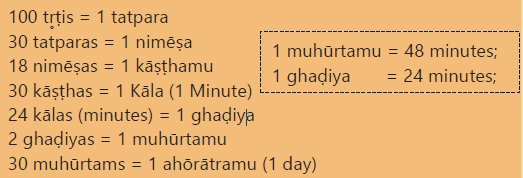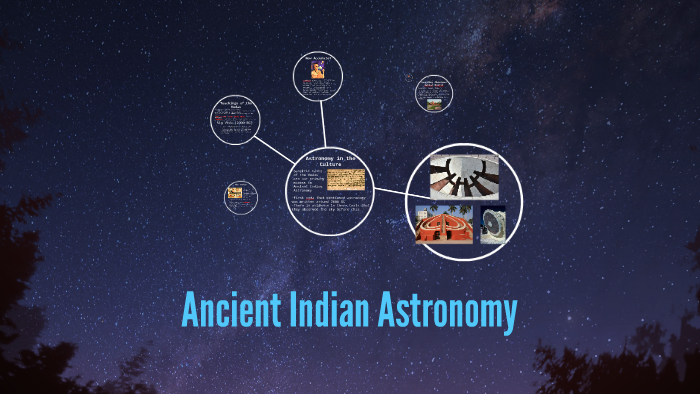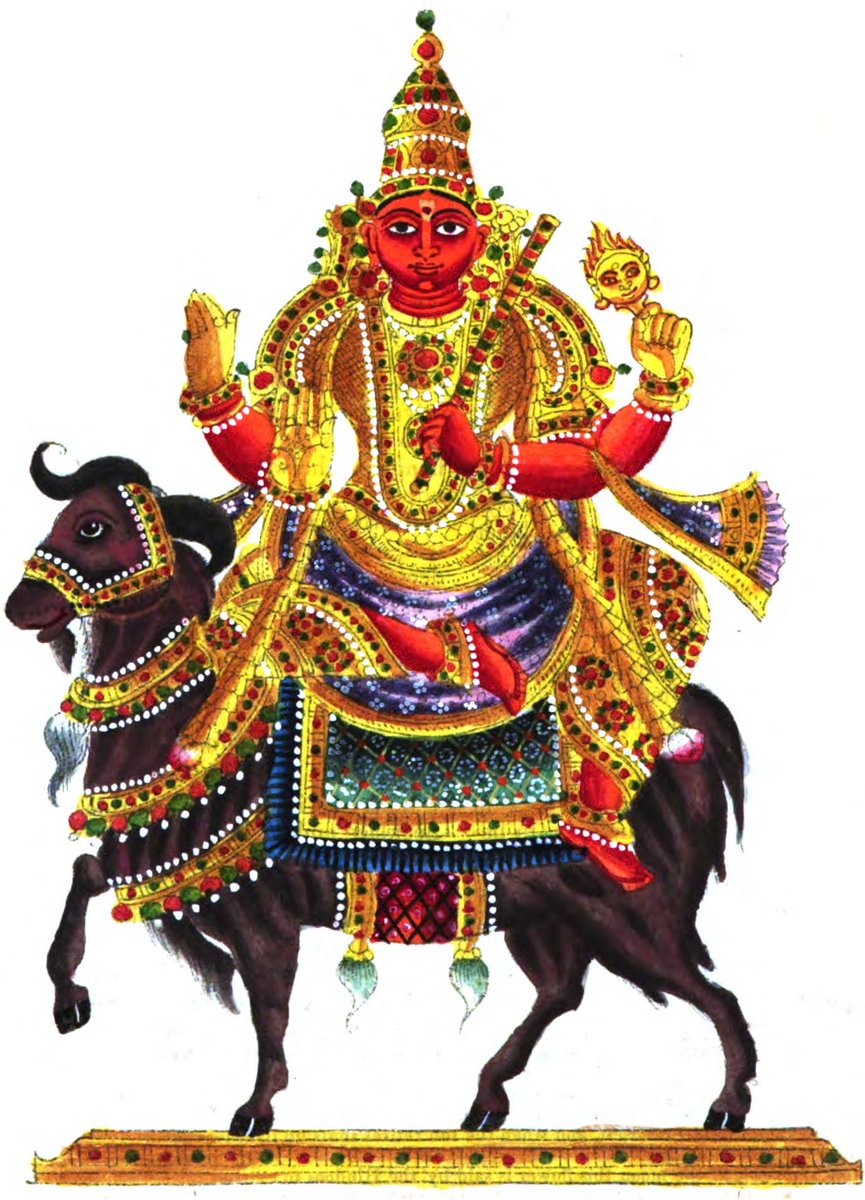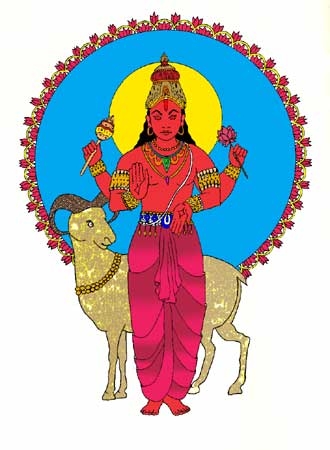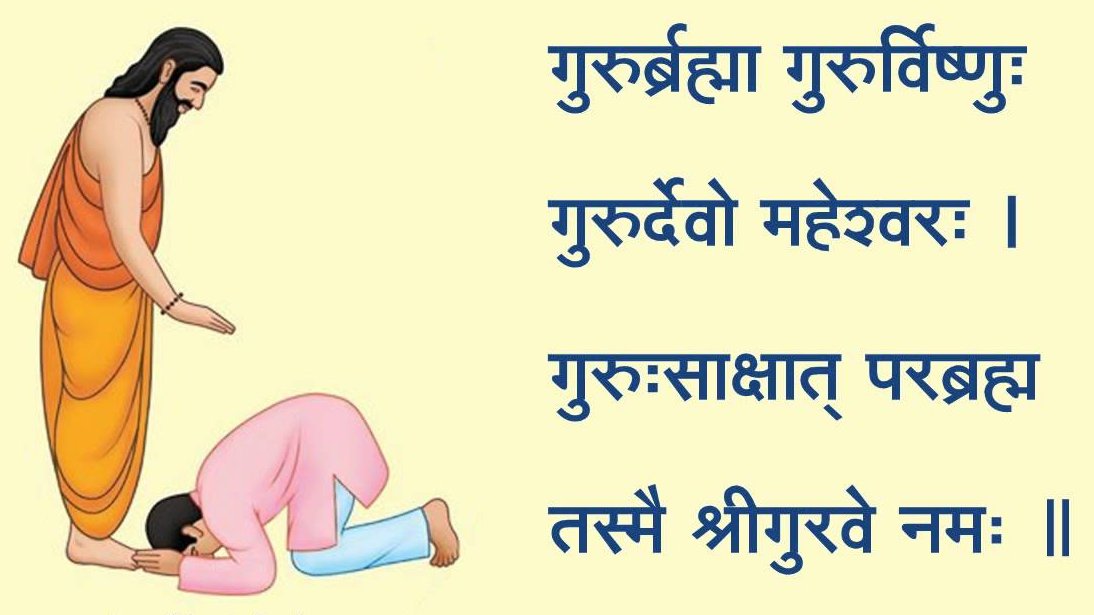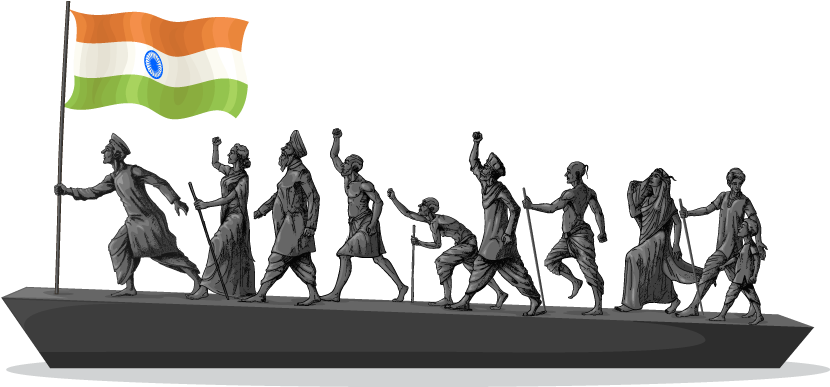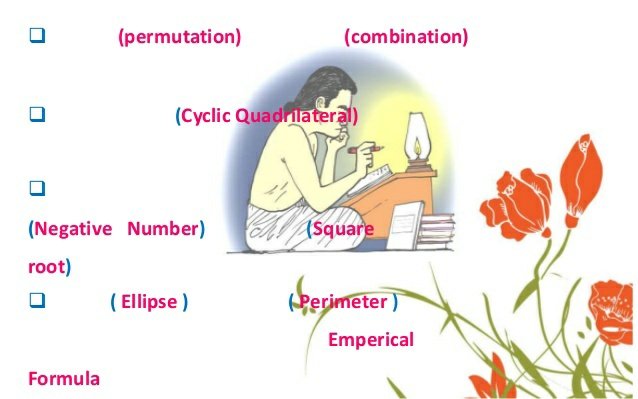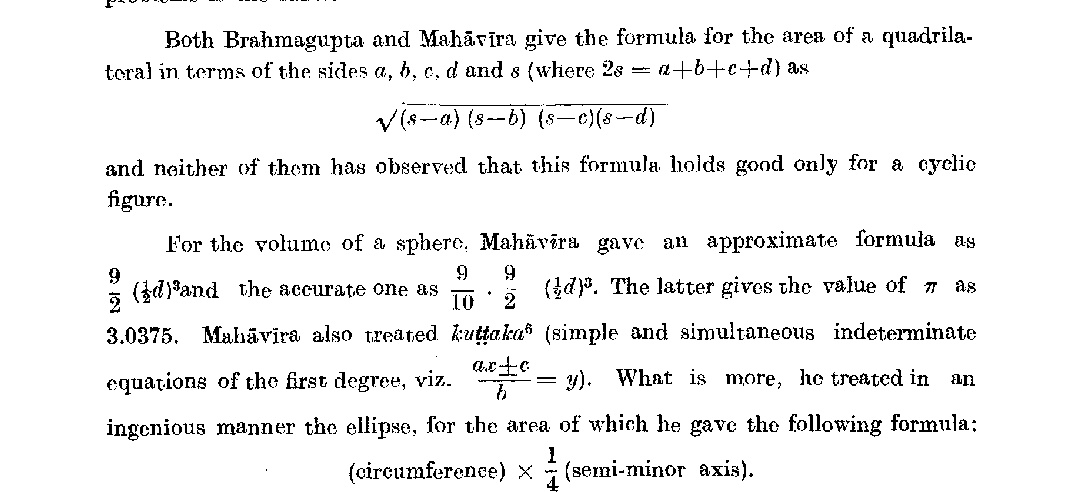The distinction of measuring the time in a scientific manner is achieved only by Bhāratīyas. Time has been measured from the smallest dimension to infiniteness. Even Time is envisioned as God and venerated. Paramēśvara was extolled as ‘Mahākāla’, the very embodiment of Time.


1 day is divided into 24 hōras. Based on this only, later a day is divided into 24 hours.
आरुणो अरोचनो मासक्रिन् - मासानां चन्द्र मासानां च कर्ता भवति !!
Fortnights, months, and years are counted based upon the movement of Sun and Moon.
Coz it is hard to count fortnights based on Sūrya Siddhānta,
Time is divided giving names to twelve months & 60 years.
Once the cycle of sixty years is complete, they repeat themselves.
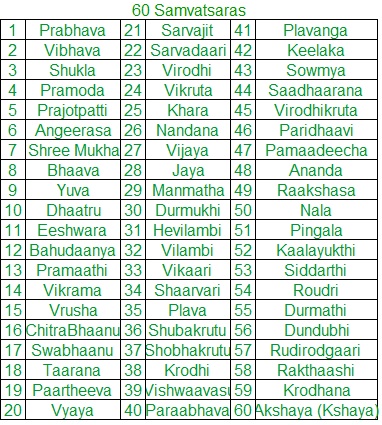
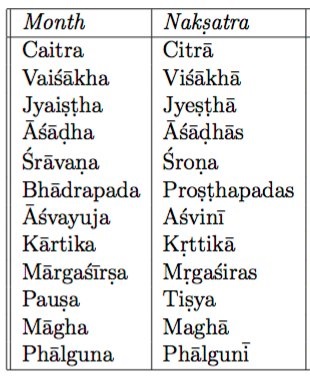
Based on the transformations in nature, one-year time is divided into 6 seasons.
Vasanta - chaitra, vaisākha
Grīṣma - jyēṣṭha, āṣāḍha
Varṣa - śrāvaṇa, bhādrapada
Śarad – āśvīyuja, kārtīkamu
Hēmanta – mārgaśira, puṣya
Śiśira – māgha, phālguṇa

Indian scriptures scientifically detail how to carve out one’s lifestyle based on seasonal changes.
Based on the arrangement of stars in the celestial sphere, the twelve zodiacs starting from Aries to Pisces formed. During the rotation of earth around Sun, Saṅkramaṇa is formed whenever Sun enters into that specific zodiac.

Two among them are very prominent –
1. Makara saṅkramaṇa day when Sun enters into Capricorn
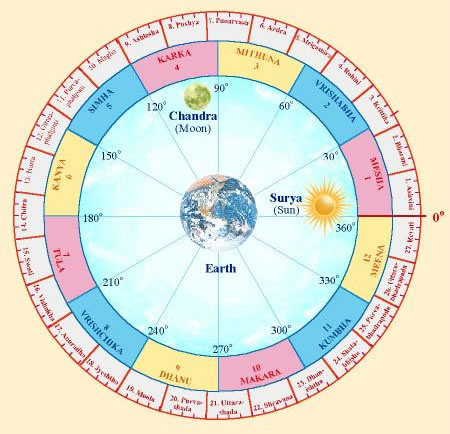
Makara Sankranti is celebrated as ‘Sankranti’ festival (Pongal).
āyana:
‘āyana’ means journey. One year is divided into two āyanas –
1. Uttarāyana and
2. Dakṣināyana.
The Indian Time measurement didn't stop with years, but went forward to calculate the Yugas.

Four yugas are mentioned taking the above yugas as parts within them. They are – Kr̥ta, trētā, Dvāpara & Kali.
2. trētā – 12,96,000 years
3. Dvāpara – 8,64,000 years
4. Kali – 4,32,000 years.
Combined, all these four yugas is called one ‘Mahā yuga’ = 43,20,000 years
Time is relative.
1 yr on earth is equal to 1 day for gods.
71 mahā yugas is 1 manvantara.
14 manvantaras are mentioned in our scriptures & each has diff Indra as head of gods.
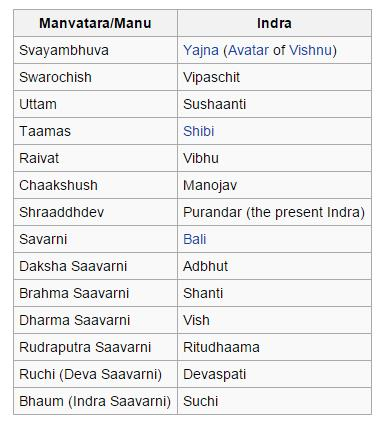
1,000 mahā yugas is called 1 kalpa.
1 kalpa is day & another kalpa is night for Brahma.
Lifetime of Brahma, the Creator 1Mahā Kalpa – 311,040,000,000,000 years
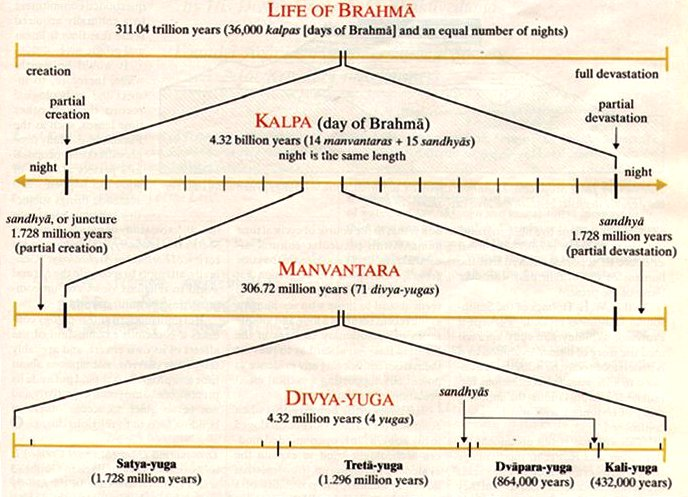
Current Manvantara – Vaivasvata, the 7th manvantara
Kalpa – Nighttime of Brahma
Mahā Yuga – 28th Mahā Yuga
Current Yuga – Kali Yuga
Current Year – 5121 year in Kali Yuga
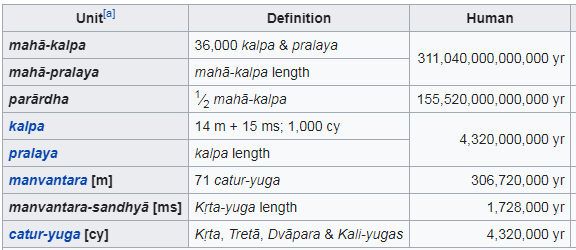
and the entire universe present at that time
dissolves into the Supreme. Again, creation
starts.
This is the ‘Cycle of Time’.
Details of Śakas :
Derived from the rule of great emperors, (not based on Christ),
1. Yudhiṣṭhira śakamu – Began in 3102 B.C. & continued for 3044 years
2. Vikrama śakamu – Began in 57 B.C. & continued for 135 years
Future śakas are also determined.
4. Vijayābhinandana śakamu – Duration is 10,000 years
5. Nāgārjuna śakamu – Duration is 400,000 years
6. Kalki śakamu – 821 years before the end of kali yuga.
Further scientific explorations of Bhāratīyas enabled them to establish the relationship between timelines of people living on this earth in relationship with stars & planets present in space.

Even from the times of Newton, Physics proposed many theories such as Multiverse theory, which states ..
More from Brahmasri Samavedam Shanmukha Sarma
More from Science
What are the classics of the "Science of Science" or "Meta Science"? If you were teaching a class on the subject, what would go in the syllabus?
Here's a (very disorganized and incomplete) handful of suggestions, which I may add to. Suggestions welcome, especially if you've dug into relevant literatures.
1. The already classic "Estimating the reproducibility of
psychological science" from the Open Science Collaboration of @BrianNosek et al. https://t.co/yjGczLZ6Je
(Look at that abstract, wow!)
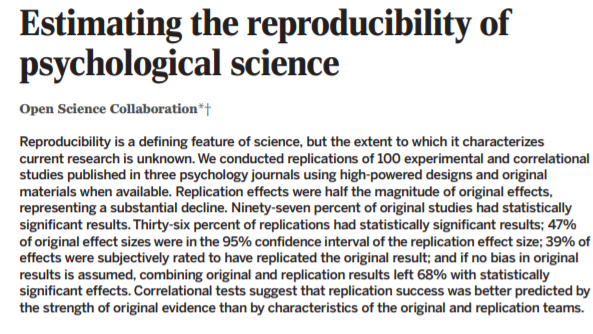
Many people had pointed out problems with standard statistical methods, going back decades (what are the best refs?). But this paper was a sledgehammer, making it impossible to ignore the question: what, if anything, were we actually learning from all those statistical studies?
2. Dean Keith Simonton's book "Creativity in Science: Chance, Logic, Genius, and Zeitgeist". If an essentially scientometric book could be described as a fun romp through science & creativity, this would be it
Here's a (very disorganized and incomplete) handful of suggestions, which I may add to. Suggestions welcome, especially if you've dug into relevant literatures.
1. The already classic "Estimating the reproducibility of
psychological science" from the Open Science Collaboration of @BrianNosek et al. https://t.co/yjGczLZ6Je
(Look at that abstract, wow!)

Many people had pointed out problems with standard statistical methods, going back decades (what are the best refs?). But this paper was a sledgehammer, making it impossible to ignore the question: what, if anything, were we actually learning from all those statistical studies?
2. Dean Keith Simonton's book "Creativity in Science: Chance, Logic, Genius, and Zeitgeist". If an essentially scientometric book could be described as a fun romp through science & creativity, this would be it


